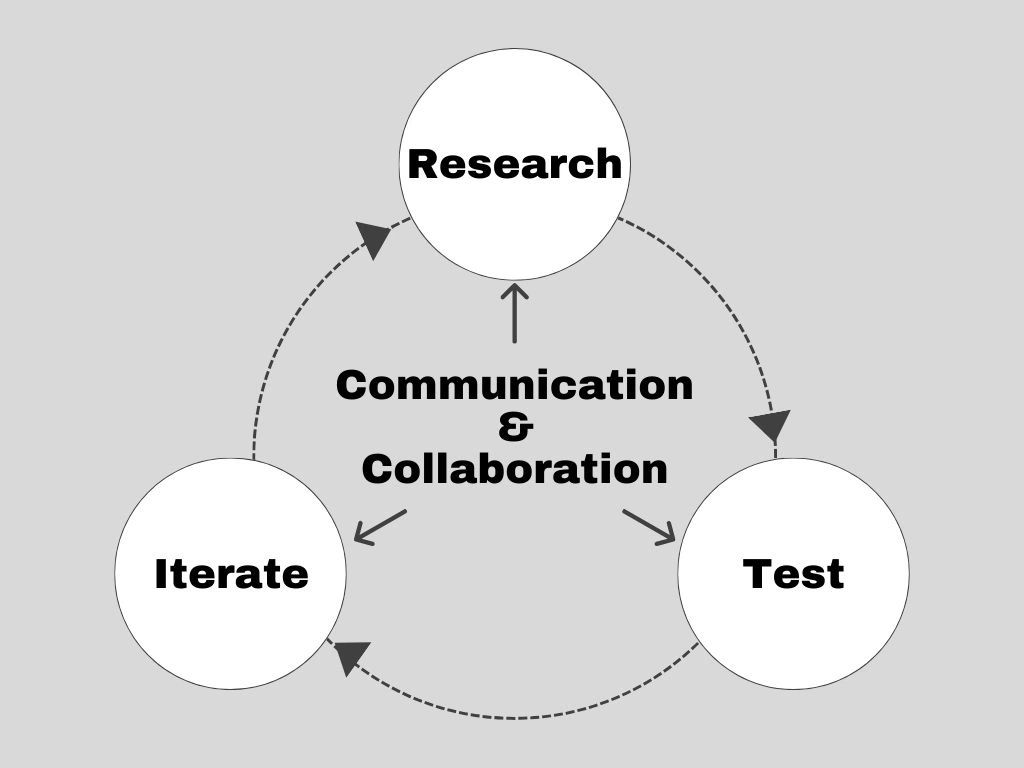Launching a Future Ready Business
Starting your own architecture brand is about more than just the ability to design. It’s very much about vision, purpose, agility, and leveraging the right tools to shape the future of the built environment. Whether you’re a recent graduate or an experienced architect, these seven steps will help you start to build a resilient, innovative practice positioned for long-term success.
1. Cultivate Entrepreneurial Resilience & Mental Fortitude
The architecture startup journey is exhilarating and demanding. Mental resilience is your foundation.
- Practice mindfulness and stress management to fuel creativity and decision-making. Read “Startup! Taming the Chaos, Maintaining Sanity” for entrepreneurial insights
- Build a support network of forward-thinking architects, technologists, and mentors.
- Stay agile: embrace change, learn from setbacks, and celebrate progress.
2. Research, Test, and Iterate

Innovation thrives on experimentation. Continuous improvement is the new normal.
- Use tools to analyze market trends in areas such as sustainability, smart cities, and digital fabrication.
- Prototype your business model with pilot projects or consulting gigs. This will be your MVP (Minimum Viable Product/Service).
- Gather feedback from early clients and iterate your offering. Be ready to fast fast to expedite your learning process and growth.
3. Choose a Flexible, Future-Proof Firm Structure
Your business model should reflect how architecture is practiced today and tomorrow. Do explore hybrid models to stay adaptable as you scale.
- Solo Studio: Full creative control, nimble operations.
- Collaborative Partnership: Pool expertise for complex, multidisciplinary projects.
- Virtual/Remote Practice: Tap global talent and serve clients anywhere.
- Innovation Lab: Combine design, research, and technology for a unique market position.
- Read more: This article helps ‘Architects at Work; Which Style Fits You Best’
4. Define a Bold Mission and Identity

Stand out in a crowded market by leading with purpose. Craft a compelling narrative for your new architecture firm:
- Identify your core design values and philosophy
- Create a concise mission statement
- Define your target clients and project types
- Envision your firm’s long-term impact on the built environment
5. Analyze the Business Landscape with Strategic Tools

Use PESTLE analysis to map political, economic, social, technological, environmental, and legal factors. Stay ahead of regulatory changes, digital disruption, and evolving client demands. Monitor competitors and identify gaps in the market, especially in emerging niches like net-zero design or adaptive reuse. For more on PESTLE, visit ‘3 ways to Define Your Business Idea’
- Political: Building codes and zoning regulations
- Economic: Real estate market trends
- Social: Changing lifestyle and work patterns
- Technological: BIM and parametric design tools
- Legal: Licensing requirements and liability considerations
- Environmental: Sustainability certifications and regulations
6. Build a Dynamic, Data-Driven Business Plan
Your business plan is a living document; review and update it continuously as you grow.
- Use Lean Canvas or similar frameworks to clarify your value proposition, revenue streams, and key partners. As a startup the Lean Canvas is the way to start exploring your business idea. As an established firm, perhaps the Business Model Canvas is more suitable. The article ‘The Lean Canvas Vs Business Model Canvas‘ can help clarify the differences.
- Set ambitious but realistic financial projections, accounting for tech investments and new revenue models.
- Plan your marketing with a focus on digital-first strategies: SEO, thought leadership, and immersive content.
- Map out client acquisition strategies that leverage your unique strengths.
7. Establish Efficient Workflows
Efficiency is the backbone of a thriving startup. Streamline and optimize operations with digital workflows.
- Implement project management software. Adopt cloud-based project management and BIM platforms for seamless collaboration.
- Implement quality control processes and automate repetitive admin tasks.
- Set SMART goals for each project phase (Specific, Measurable, Achievable, Relevant and Time-bound)
- Create templates for contracts and client communications
Launching an architecture startup is about shaping the future and about legacy. Lead with vision, embrace technology, and stay relentlessly client-focused. The world needs bold, innovative architects so make sure your firm is one of them.
